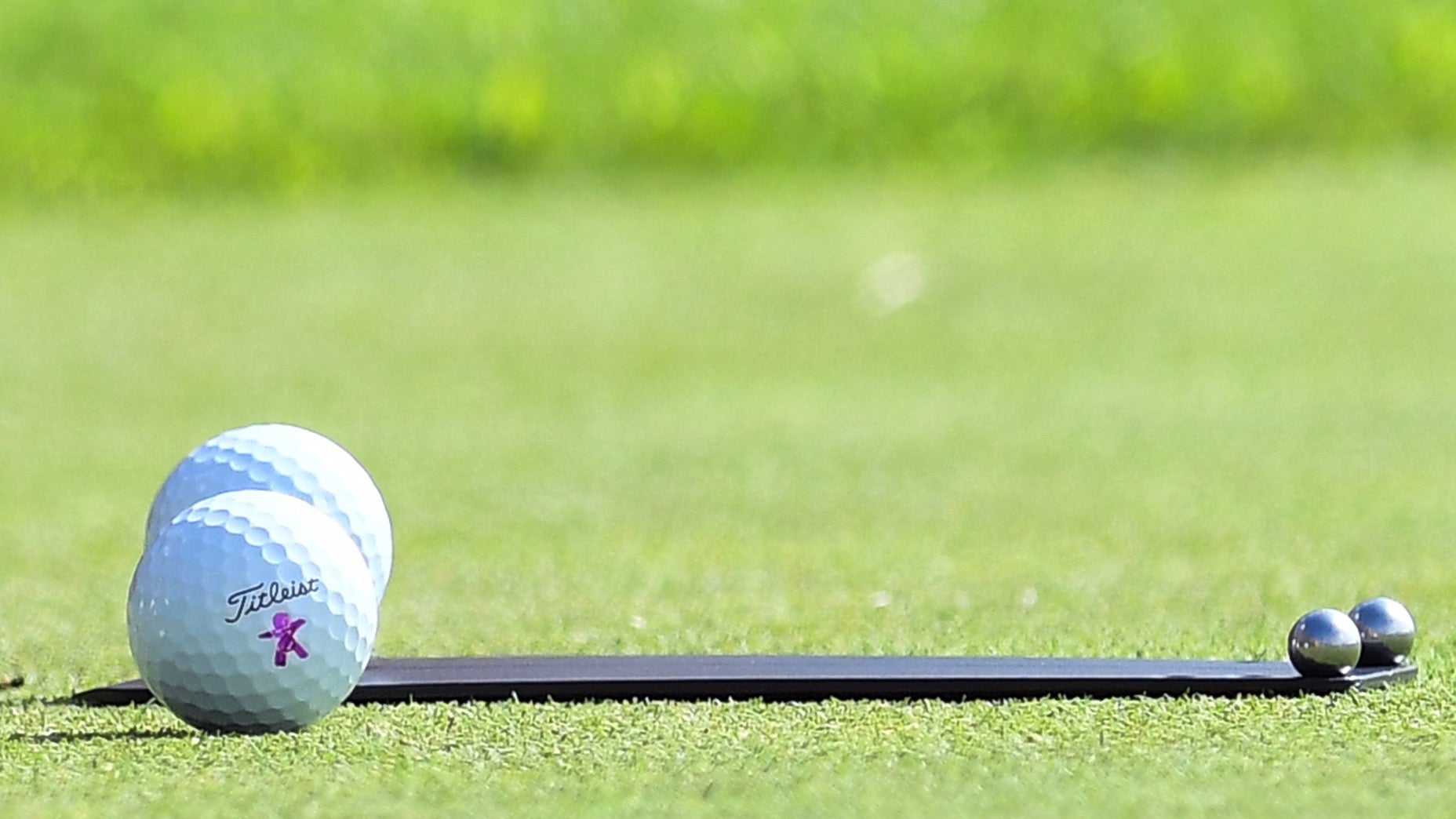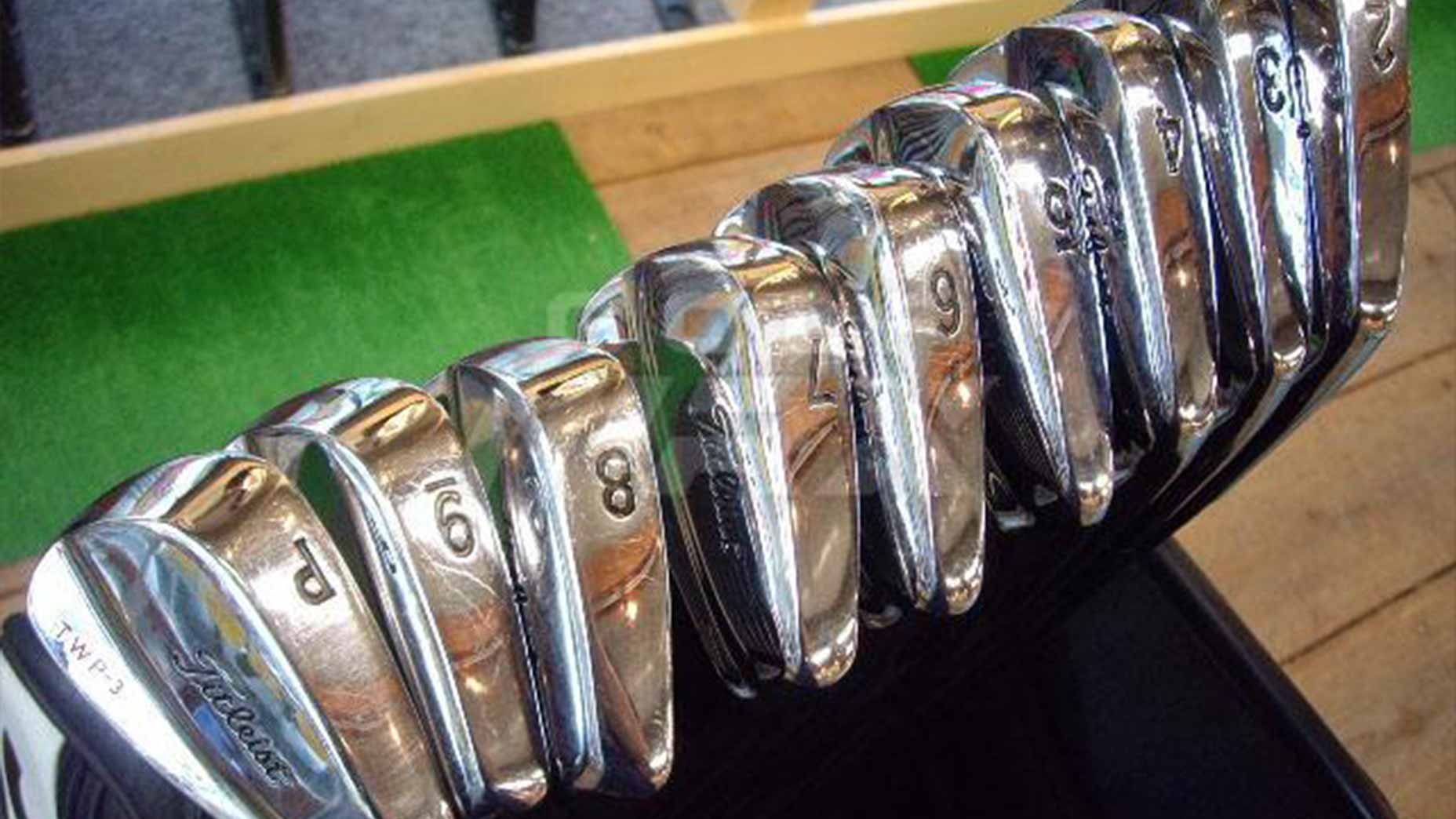Xander Schauffele’s incredible major championship run was a sight to behold. Only a select few have ever won two majors in the same year — Nicklaus, Palmer, Woods, Hogan, Jones, Schauffele. You get the point. In the blink of an eye, Schauffele entered rarified air reserved for the greats of the game. It’s heady stuff for a 30-year-old pro who seems to be getting better with each passing season.
To understand how he got here, it’s worth going back to understand what changed. Schauffele got faster — his average clubhead speed increased from 119.8 mph to 123.1 mph this season — and added a new Callaway Paradym Ai Smoke Triple Diamond driver to the bag that took his game to another level. He also switched Callaway golf balls, which we chronicled earlier this week.
Unlike a driver change where modifications can be made to the head and shaft to improve a single club, switching balls requires significantly more work. It must be able to execute a myriad of shots through the bag for every club.
The process requires time and access to new products, but pros generally don’t have to sweat either of those hurdles. Balls are plentiful (and free) and they can conduct testing on pristine practice facilities for hours on end. Exclusive clubs offer the ability to conduct on-site testing without worrying about the group behind pressuring you. This is what a perfect ball-testing scenario looks like.
Unfortunately, weekend golfers don’t have access to all the trappings of a tour pro. On the latest episode of GOLF’s Fully Equipped, Golf Laboratories founder and podcast co-host Gene Parente offered several tips on conducting ball testing if you don’t have a tour card or quiet private compound to thoroughly vet every offering on the market.
“If you really want to examine golf balls, go buy a sleeve of two to three different types of balls,” said Parente. “Go out there on a quiet afternoon when no one is on the course and hit a couple of balls. Hit them into greens. It’s your short game that’s going to be the biggest defining factor. For most tour players, the money shot that determines whether they’re going to use a ball is the 40-yard wedge shot. They want to know how the ball flies, controls and lands. Start short and work your way back.”
Even if the tee sheet at your course is packed, do your darndest to throw an extra ball down from 40 yards on each hole to see how it compares to your current ball of choice. Roll some putts with it when you get to the green. If you’re lucky enough to have a short-game facility at your course, consider spending extra time doing work with your wedge and putter to get a sense of how it feels coming off the face and reacts once it lands on the green.
Tiger Woods, for example, spends an inordinate amount of time working his way around the putting green, getting a sense of how the ball sounds and feels off the putter face. From there, he’ll work his way back to see how it handles around the green with a wedge before finally making his way to the range.
Even if the ball is a home run with the driver, if it doesn’t perform with the wedges or has an unpleasing feel coming off the putter face, it’s likely not the right ball for you. Just think about all the shots you hit with a scoring club and putter during a round.
Even if it takes extra effort, always start ball testing around the green and work your way back. It’s a surefire way to ensure you end up with the best option for your game, regardless of the club in your hands.
Want to overhaul your bag for 2024? Find a fitting location near you at True Spec Golf.










